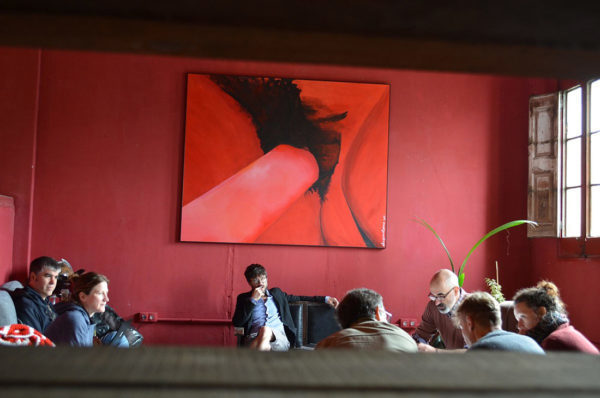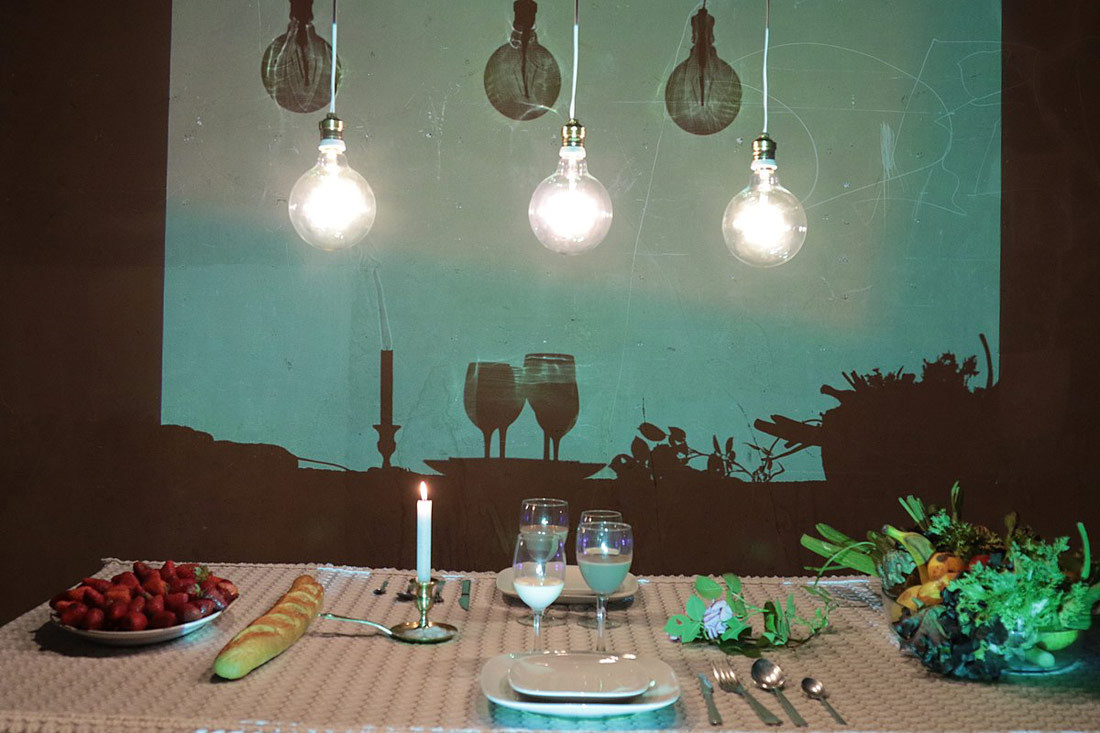
(des)vestim(la): art and responsible consumption
(des)vestim(la): art and responsible consumption
An artistic and co-creation intervention at El Konvent in Berga which reflects on the hidden aspects of consumption and the traceability of food products.
The agri-food industry hides an important part of the elements that configure the traceability of food products, thus favouring acritical consumption. Conceived as a metaphor, the project (des)vestim(la) reflects on the subject of food consumption from the perspective of food aesthetics. The project becomes an intervention midway between aesthetic experience, reflection and social awareness-raising. This experience took place at El Konvent centre for contemporary art in Berga, a space that, from an environment of creative and multi-disciplinary creativity, proposes a new type of artistic intervention to overcome the frictions between nature and human action, between technology and culture.
Between art, research and data there is a broad and meaningful space for actions that, based on an inspiring theme, can activate collective creativity. What happens when different techniques and philosophies for the co-creation of knowledge lead us – once again, since that is where they originate – to the terrain of artistic creation, with the desire to generate reflection and extend an invitation to action typical of activism? Midway between research-action and artistic intervention, a group of interdisciplinary specialists came together at El Konvent centre for contemporary art to develop a set of dynamics that connect technology, art and consumerism.
Starting point: (des)vestir aliments
Behind the aesthetics of food products lies a series of relevant aspects: origin, type of production, the handling received, the economic and social treatment of the people who have grown or prepared them… that ultimately define their traceability.
When it comes to choosing foods, people approach consumption from different perspectives: these may include functional aspects (price, convenience, etc.), social aspects (knowing which agents intervene in the production, distribution and commercialisation chain), type of production or preparation (organic, integrated, etc.), environmental questions (food miles, packaging, wastage), health reasons (a diet that is balanced, varied, healthy, etc.) and emotional aspects (promoting a consumption that is socially fair and that offers a connection with the person who produces or prepares the food).
In any case, big agri-food industry, which controls a large part of the foodstuffs production and consumption chain, hides an important part of the elements that configure traceability and, thus, favours acritical consumption.
Conceived as a metaphor, (des)vestim(la) [“(un)dressing(it)” in Catalan] aims to undress the aesthetics of everything that we eat in order to show its traceability, its values. To do so, and based on the project’s route map, (des)vestint aliments [“(un)dressing food”] makes an artistic impact on foodstuffs, dressing them with new layers that were not visible without the intervention. In this way, the aim is to provoke action by any person who contemplates the work.
